There are few cities on earth where Chinese New Year (CNY) is more important than Las Vegas. Many of us that work in casinos are crazily preparing to receive our Asian guests at this very moment. Banquets, concerts, festivities, dragon dancers and firecrackers are all being readied for this special occasion, but beyond the financial impact of the holiday, few of us really understand the historical meaning or symbolism of CNY.
Consider this the Las Vegas survival guide to CNY 2010! I’ll cover the meat and ... wait ... the chasu bao and dumplings of the matter as it applies to food folks (I usually stay away from that term that ends in “ie”) and Las Vegans! Be prepared, because I may jump around a bit. If I leave anything out, just email me and we’ll go deeper into the matter.
In case you were wondering why it’s not the same day every year, Chinese New Year is based on a Chinese lunisolar calendar. Without sounding like Bill Nye, the calendar is based on the positions of the sun and moon. The Chinese follow both the modern (Gregorian) calendar for day-to-day activities, and also the (old) calendar for the traditional holidays and festivals. The Chinese adopted the lunar calendar over 2,000 years ago. Pretty amazing, huh?
So, if someone asks, “When is Chinese New Year?” you simply say, “Duh. It’s in the second new moon after the winter solstice, geez.” This year, that means it’s February 14. That’s right, Valentine’s Day.
It’s also the year of the Tiger this year. So, coincidentally, it’s my year. If you were born between Jan. 23, 1974 and Feb. 10, 1975, you are a tiger! I’m not a huge believer in astrology, but here are some attributes about tigers. They are rebels, usually the center of attention and never go unnoticed. I can only guess what some readers who know me are thinking. Ugh. Tigers are emotional people and must learn to control their emotions. If they don’t, they can cause themselves much trouble. Tigers also are famous for their ability to influence people and sway crowds.
Now, a little about legend and lore. According to the legend of CNY, a monster called the Nien or Nian would come the first day of the New Year to attack and eat crops, livestock and even children. Children dressed in red seemed to ward off the Nian, so red is a color that is safe and lucky during CNY. You will often see red lanterns, red scrolls and red firecrackers, all to scare off the evil Nian. Red envelopes with money in them are usually given by elders, married couples and, unfortunately for me, bosses to employees. When giving red envelopes or lai see or hong bao, always give even denominations. Six or eight is very lucky, as the Chinese love homophones. The Chinese word for six, lui, is also the word for smooth, so you are wishing someone a smooth year if you give denominations of six. Eight is also the homophone for lucky.
This homophony will repeat itself in New Year’s foods. First and most important, is fat choy or hair seaweed, sometimes called hair moss. Fat choy also means “huge increase in property or wealth.” Pair your fat choy with ho see., dried oysters that also translate to “great news or great business”. So eating ho see fat choy or hair seaweed and dried oysters will symbolize wealth and good business.
Other CNY food homophones are lotus roots (lin ngau), which mean abundance year after year, while lettuce translates into "growing wealth" and pig's tongue forecasts "profit." At Wazuzu this CNY, I’m making two dishes that incorporate all the esteemed symbolic foods. I’ve prepared stewed pork trotters over lettuce topped with hair seaweed. In my ghetto but well-intentioned translation, this dish means: May you grab an abundance of wealth and luck. My other dish is hair sea moss and dried oyster soup with pork tongue. Translated into Jettish, this dish means: May you profit with great news and successful business.
If you want to get into the spirit of things, here are a couple of housekeeping traditions for CNY. On the days leading up to CNY, a thorough house cleaning represents a fresh start. But put away all cleaning items like brooms and dustpans so no one accidentally sweeps away the good luck during the New Year. Haircuts also apply here; a fresh haircut before New Year’s Day is good if you would like a fresh start, but don’t do it after the New Year.
The second day after CNY is believed to be the birthday of all dogs, so be extra nice to your pooch. I’m only skimming the surface here, but other things include visits with family, making offerings to past family and some people will eat vegetarian on the 13th day to purify themselves.
I hope you’ve enjoyed your Las Vegas guide to the year of the Tiger. Make sure to stop by Wazuzu this weekend to enjoy some finger-licking, lip-smacking pig’s feet, hair moss, dried oysters and tongue. It might sound strange, but in all seriousness this year has been very special for me working with my elder Chinese cooks and making these traditional dishes that have been handed down for hundreds of years. I was too young or too immature to truly appreciate the hours my grandmother would spend in the kitchen during past CNYs. Now I understand and appreciate what these foods and traditions mean to all that celebrate CNY. They’ve brought me closer to my roots, my cuisine and my culture. Gung Hey Fat Choy friends!
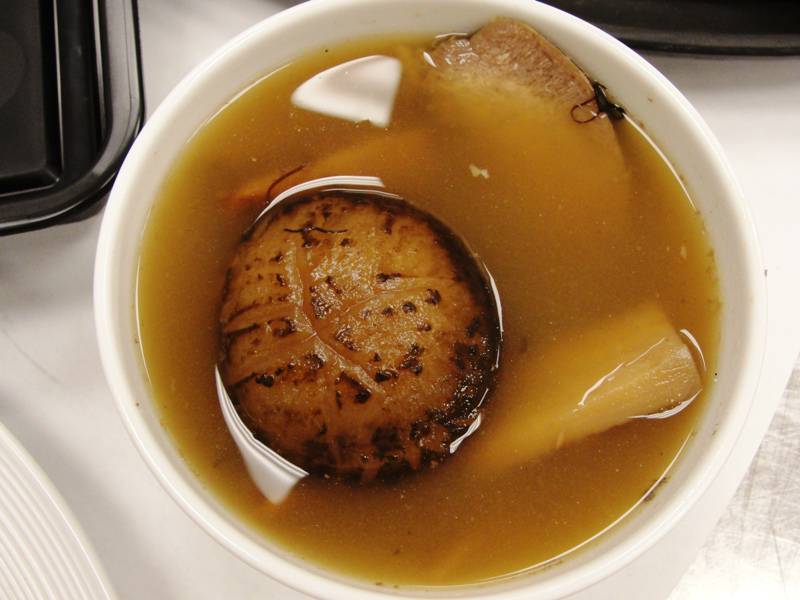
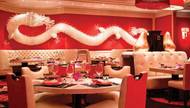
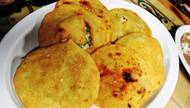


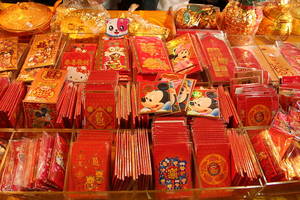
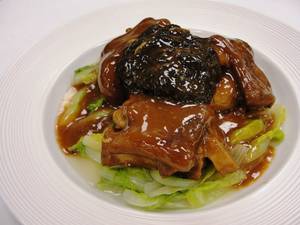



Previous Discussion: